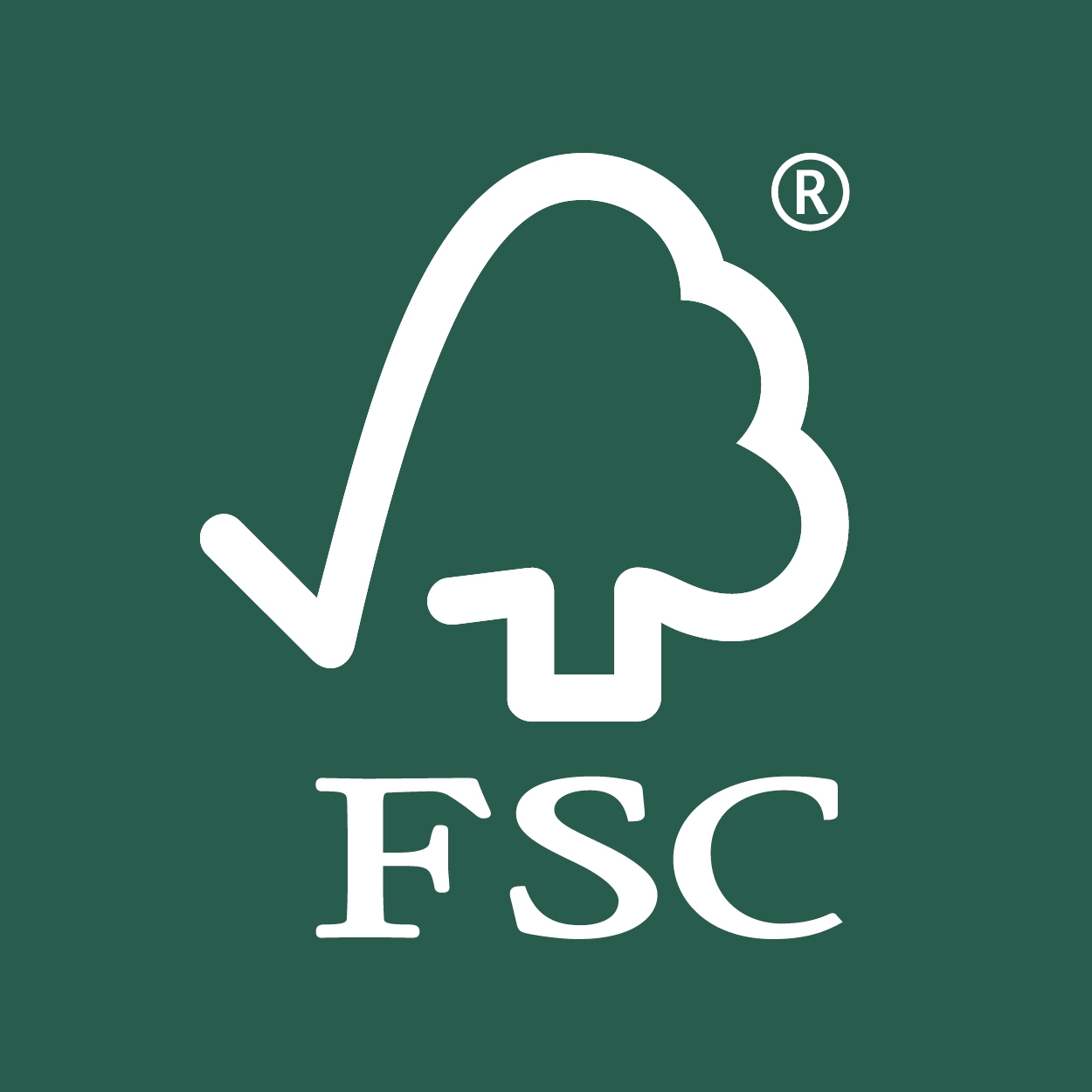FREQUENTLY ASKED QUESTIONS
Can you do expansions later (e.g. add another room)?
In theory all BOXA units are designed on a simple modular grid system which allows future expansions. Careful considering to the substructure layout, footings and size of these expansions would need to be consulted first.
What happens if something goes wrong after installation?
BOXA won’t leave the site without snagging the units with the client, ensuring that everything is operational and to the brand's standards. If by chance if something had to go wrong shortly after installation, BOXA will do what they can to amend the issue.
Do you offer a warranty?
Conditional 10 year structural warranty.
It is recommended that the Client and Sustainabuild enter into a SLA for the ongoing service and maintenance of all BOXA installations to ensure optimal performance and maintenance of the units, and substantially reduce the facilities management burden on the Client.
Is your Timber FSC certified?
Mass Timber Technologies (MTT), the provider of engineered timber to BOXA, is certified by the FSC our Registration Code is: SA-COC-014013. We are able to supply 100% FSC products if required, otherwise an FSC mix as per your minimum requirements is also available. We trade with a variety of suppliers, most of which are FSC registered, however our FSC certification and material management system will ensure that the full chain of custody is provided upon delivery of your products.
What is the VOC content of all internal finishes?
The Henkel Adhesive for MTT’s laminated timber components fulfills the M1-criteria for low-emission building materials. Issued by The Building Information Foundation RTS sr - Please consult the Henkel Technical Data Sheet: LOCTITE HB S409 PURBON
For the internal wall finishes of the BOXA units, Tiimberlife Furnocoat is applied. For the internal floor finishes, Timberlife Tuffdeck is applied to seal the floor panels. There are no solvents or VOC’s in these finishes.
How do you ensure the selection of low embodied carbon materials?
The foundational principles of BOXA’s holistically pre-engineered and fabricated building system are to:
1) Minimise the use of materials and composites derived from extractive mineral or petro-chemical sources (ie cement, steel, solvents);
2) Maximise the use of bio-based renewable carbon-sequestrating materials and composites (ie timber, hemp);
3) Substantially reduce groundworks and direct impacts to the local site and its ecology by using micropile footings (avoid digging, trenching, cutting, filling ground);
4) Minimise the carbon emissions and risks associated with transport and logistics of materials and crew to and from site;
5) Minimise the time, people and risk of installation on site (relative to conventional building with brick & mortar) with a holistically pre-engineered and fabricated rapid install system;
6) Eliminate the use of water and waste produced on site.
7) Designed for disassembly, relocation and reassembly (circular economy and secondary use)
What is the fire resistance rating of the materials used?
The CLT wall and floor panels are 66mm thick. In the event of fire the burn / char rate of CLT is a predictable 1mm per minute. Taking this burn rate into account and applying rational design principles, all BOXA installations will have a minimum 30 minute fire rating.
Can it be built on a slope or uneven site?
We prefer to install on a level site however we have done installations on slopes before. It is important to note that depending on the size of the unit that you will get large heights to a finished floor level if the site is on a slope. We have done previous installations (link to ecostudy) where the site was on a large slope and we engineered a substructure system to support our units.
What type of foundation is required?
BOXA uses a rapid install, instant load-bearing galvanised steel micro-pile footing system supporting an optimised and treated engineered timber subframe. Minimal environmental footprint with a clean, light and aesthetic finish No ground works or digging / trenching, no cement, no water, no waste, no curing time.
Are there hidden costs (e.g. foundation, site prep, electrical)?
All official quotations will have a detailed breakdown on what is not included and what has to be provided for. But in summary, the quotes are for a turnkey building with all plumbing and electrics ready for site connections. Any enabling works, civils and getting services to the BOXA unit is excluded.
Are there financing or payment plan options?
At the moment there are no financing options however we are working with credit providers to offer solutions for financing and leasing buildings.
What is the cost per square meter?
The pricing can range depending on site complexities and 2nd fix specification. However, a range for R12,000-14,00/sqm for the structure and R14,000-16,500/sqm for turnkey can be used.
Is transport and installation included in the price?
All pricing quotes on our website and in our product brochures are exVAT.
What are your lead times?
Current BOXA lead times for a typical 400sqm project is 8-12 weeks for off-site fabrication, with 4 weeks installation. Larger project requirements can be programmed on a phased basis for continual production and onsite installation, which will enable accelerated and scalable supply chain, mass production and installation processes.
Do you assist with municipal approvals or zoning applications?
BOXA are happy to provide the required information for these approvals however it is the clients responsibility to get all approval before installation commences.
Do your buildings comply with local building codes (e.g. SANS in South Africa)?
All BOXA units are compliant with SANS 10400 series.
Do I need building permits for a prefabricated timber home?
Yes — in South Africa, you generally do need formal municipal approval and building plan certification before erecting a prefabricated timber home intended as a permanent residence, just like with a traditional brick-and-mortar house.
Can they be used as Airbnb units, offices, or classrooms?
Absolutely. BOXA units are perfect for all types of buildings, whether it is small scale use cases for Airbnb rentals or for building entire schools.
Are you able to ship to remote locations?
BOXA’s business model was founded around remote site operations and thrive in these locations. We have done work as far as the Serengeti, and our remote site operations portfolio goes as remote as the Okavango and Phinda Game Reserve.
Are these suitable as permanent residences?
Yes — prefabricated timber homes are highly suitable for permanent residences. Modern timber construction is structurally robust, long-lasting, and fully compliant with municipal building codes. With proper treatment and design, timber resists decay, pests, and environmental wear.
Timber is also one of the most sustainable building materials, requiring less energy to produce and locking away carbon throughout its lifespan.
Do you use hardwood or softwood?
We use Saligna (Euculyptus) Glue Laminated beams as the substructure of the building. The same wood is used as the top layer of our flooring, giving the floor a strong hardwearing surface to sustain the regular wear of it.
Pine is used for all remaining timber in the building. All wood is sourced in South Africa and is is FSC certified.
Is the timber treated? What kind of treatment is used?
Ultracare Gold - UV and water treatment for all external wood
CTX - anti-fungicidal and anti-insecticidal treatment on all external wood
Furnocoat - internal wood treatment
Tuff Deck - Internal floor treatment
What maintenance is required over time?
Please refer to our maintenance manual for more information.
Are timber buildings weather- and termite-resistant?
All BOXA units are incredibly resistant to weather and we pride ourselves with them being termite resistant.
The external walls are laminated with a 9mm Nutec Fibre Cement sheet, which not only gives the building a plaster look and finish but also acts as a weather barrier for the timber. Not only this, we provide a Nutec skirt which acts as a drip tray, protecting the substructure and floors from any rain.
All external timber is treated in a Timberlife product called Ultracare Gold which protects the wood from UV and water.
How long do timber buildings last?
With correct maintenance as per our maintenance manual, there are no concerns that your BOXA build will surpass 100+ years.
Can I customise the design/layout?
The recommended design process is for the Client’s Project Architect to sketch the footprints of their required typologies within the relevant footprints of the BOXA design grid of 1.8x6m (with required ceiling heights, door & window schedules), following which BOXA can draft the 3D models and indicative costings of these typologies for further refinement together with the Project Architect.
In addition to the recommended design process above which will deliver customised typologies for the client, BOXA can customise internal and external finishes (colour), joinery, electrical fittings and sanitary ware. These will be costed accordingly in a categorised quotation with clear inclusions and exclusions
What are the advantages of timber over brick or steel?
1. Sustainability
- Renewable: Timber is a renewable resource when sourced from responsibly managed forests.
- Carbon storage: Wood stores carbon throughout its life, helping reduce greenhouse gases.
- Lower embodied energy: Timber production uses significantly less energy than steel or brick manufacturing.
2. Speed & Efficiency
- Faster construction: Timber structures (especially prefabricated ones) can be assembled quickly.
- Lightweight: Easier to transport and requires less heavy equipment on-site.
3. Thermal & Acoustic Performance
- Better insulation: Timber naturally insulates well, reducing heating/cooling needs.
- Sound dampening: Solid wood has good sound absorption qualities.
4. Design & Aesthetic Appeal
- Biophilic design: Timber offers a natural look that enhances well-being and connection to nature.
- Versatility: Timber can be easily shaped or modified to suit design needs.
5. Structural Benefits
- High strength-to-weight ratio: Strong yet lightweight, ideal for various spans and load-bearing uses.
- Flexibility: Timber can flex under pressure, giving it good earthquake resistance.
6. Less Foundation Demand
- Lightweight material: Requires less intensive foundations compared to heavy brick or steel.
Is there a warranty?
Conditional 10 year structural warranty. It is recommended that the Client and Sustainabuild enter into a SLA for the ongoing service and maintenance of all BOXA installations to ensure optimal performance and maintenance of the units, and substantially reduce the facilities management burden on the Client.
What type of foundation is required?
BOXA uses a rapid install, instant load-bearing galvanised steel micro-pile footing system supporting an optimised and treated engineered timber subframe.
Minimal environmental footprint with a clean, light and aesthetic finish No ground works or digging / trenching, no cement, no water, no waste, no curing time. Ideal for sandy, muddy, clay, calcrete, dolomitic ground conditions.
Are BOXA units termite resistant?
Although the buildings are made of timber, to date none of our clients have had an issue with termites. There are the following reasons for this:
- We treat our buildings with CTX, “organic solvent-based solution containing specifically blended insecticidal and fungicidal active ingredients that provides a colourless surface treatment for protection of seasoned timber against wood borer and termite attack as well as discolouring fungi and mould growth.”
- The buildings are off the ground, so not only can you visually inspect underneath to prevent termite mounds, but also this acts as a barrier for the termites getting to the wood.
- No timber touches the ground, termites would have to climb a metal substructure which is uncommon to get to the timber.
What is a prefabricated timber building?
A prefabricated building (or prefab) is a structure that is manufactured off-site in a factory or workshop, in standardized sections or components, and then transported to the final site for assembly.
Advantages:
- Faster construction
- Reduced waste
- Lower labor costs
- Often more environmentally friendly
- Better quality control due to factory conditions




.png)


